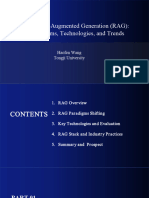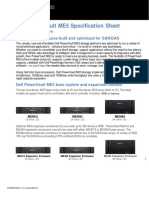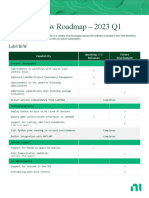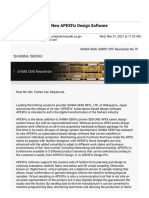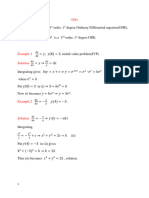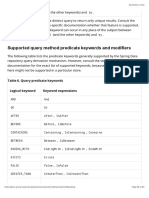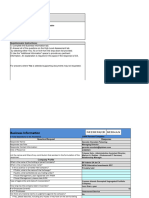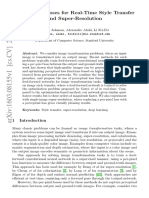0% found this document useful (0 votes)
46 views12 pagesWhat Is Graph RAG
Retrieval Augmented Generation (RAG) enhances large language models by integrating external knowledge for improved question answering, evolving into Graph RAG which utilizes knowledge graphs for contextual information. This approach allows for tailored LLM applications, reducing inaccuracies and enabling various natural language processing tasks. Graphwise offers tools to simplify the implementation of Graph RAG, facilitating efficient integration with existing data and enhancing the accuracy of responses.
Uploaded by
fabiano.sis79Copyright
© © All Rights Reserved
We take content rights seriously. If you suspect this is your content, claim it here.
Available Formats
Download as PDF, TXT or read online on Scribd
0% found this document useful (0 votes)
46 views12 pagesWhat Is Graph RAG
Retrieval Augmented Generation (RAG) enhances large language models by integrating external knowledge for improved question answering, evolving into Graph RAG which utilizes knowledge graphs for contextual information. This approach allows for tailored LLM applications, reducing inaccuracies and enabling various natural language processing tasks. Graphwise offers tools to simplify the implementation of Graph RAG, facilitating efficient integration with existing data and enhancing the accuracy of responses.
Uploaded by
fabiano.sis79Copyright
© © All Rights Reserved
We take content rights seriously. If you suspect this is your content, claim it here.
Available Formats
Download as PDF, TXT or read online on Scribd
/ 12























